Westcoast Leadlights Heritage Victoria Approved. Custom-Made Leadlights.
Contemporary & Traditional Leadlight Design.
Churches, Houses, Restorations.
Westcoast Leadlights has been involved in many structural restorations, repairs and completion of new leadlights for prominent churches and buildings in the area including: St Mary’s of the Angels, Sacred Heart College, Wesley Church, Geelong Grammar, Shelford Presbyterian Church, The Bluestone Chapel at Deakin University, and St. Paul’s Lutheran Church and Frank Costa’s Australian head office, and the stained glass panels at St Brigid’s Chapel, Clonard College Geelong.



Torben Rusz: I was born in Denmark in 1956 and at the age of 24 visited Australia and felt so much at home that I decided to move here permanently. During my education in Denmark and Australia, I gained a wide experience both in residential and commercial lead lighting.
I founded Westcoast Leadlights in 1985, as I was confident in my ability as a leadlight artist, craftsman, and designer, and thought that the industry would benefit from my experience and fresh ideas. As Westcoast Leadlights has been involved in a wide and varied cross-section of projects in Geelong and the Geelong region, we have gained a reputation for producing leadlights of excellent quality.
Leadlighting is an art form, which includes many different aspects. These include the direction the window is facing, choosing the correct design for the location, glass texture, and colour, and putting together the whole package to arrive at a professional-looking panel that will please the eye for many years.
The selection of photos I have chosen to include on this website is only a fraction of what I can show you… please enjoy!



A beautiful Art Deco inspired leadlight design by, and for Jules in Geelong.
This was an unusual project for me. Traditionally leadlights are strengthened (for stability) with steel bars across the panel. In this case that was not an option, and it would have destroyed the design. I came up with a unique solution: to create a steel frame that mimics the main shapes. The steel frame was then attached to the exterior of the leadlight with copper ties. It is invisible from the inside, and provides not only stability but security, while maintaining the beauty of the design.

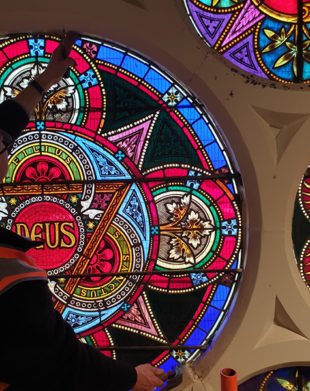


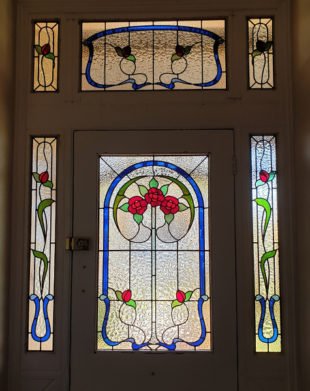

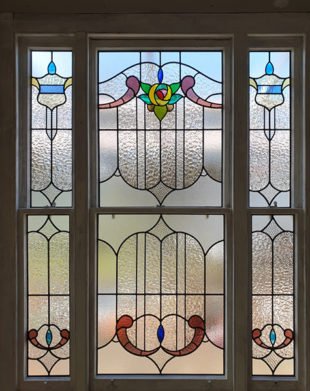
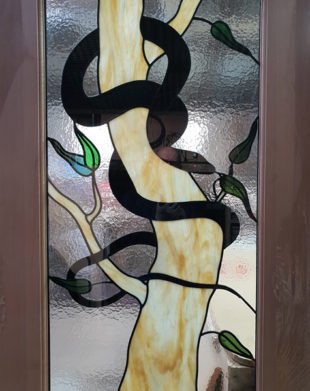

Leadlight Security Screens
The protection of Historic Stained Glass Windows is paramount – the methods of producing glass have changed dramatically over the years and much of the old glass now no longer exists. Once damaged, although repairs can be done to a similar colour or design, the character & detail of the window panel will never be the same again.
After 35 years of repairing Heritage stained glass windows & panels, Westcoast Leadlights & Screens is offering a tailor made protective screen system to try & help preserve what we have left in our historically significant buildings. Using a range of materials including Stainless Steel, Aluminium, High Impact Acrylic or Impaxar Polycarbonate.
Westcoast Leadlights & Screens can assess and recommend a solution to best suit your needs and insure the next generation can see & experience the craftsmanship of yesteryear.
Benefits & features of installing protective screens:
Preserve the beauty of old glass
Fastened with 6mm 316 Stainless Steel anchors
Anchors held in with’ Chem Set’ to protect surrounding stonework
Can be removed without damage to surrounding window frames
S/S screens can be powder coated to match surrounding colour
FAQ; Why don’t you just use another piece of glass in front to protect the leadlights?
Plate Glass is not a good option for the protection of stained glass windows.
It can be easily broken,
The putty or silicone used to secure the glazing is impossible to clean off surrounding stonework
It stops airflow around the leadlights which stops them ‘breathing’. Air and some moisture need to surround the stained glass panels to allow the putty flexibility. If the putty becomes dry & brittle, the risk of the glass breaking & falling out increases dramatically and is almost guaranteed.*Time for this to occur depends on movement in the building and other environmental factors which may impact the site.








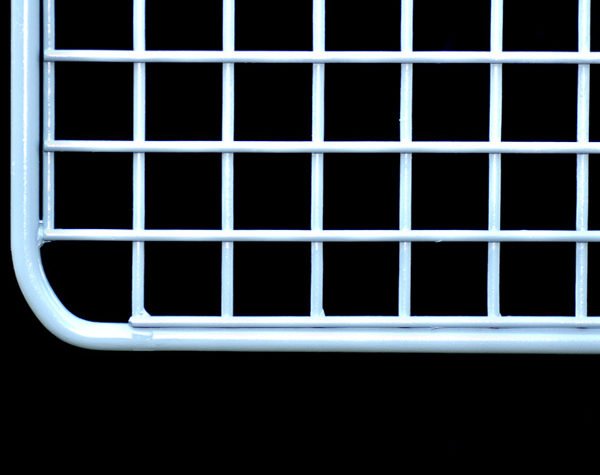

Contact Westcoast Leadlights torben[@]westcoastleadlights.com
0412 875 932
